Ready to invest in a new car, truck or crossover? There are plenty of choices these days. But how do you know what’s right for you? Consumer Reports is offering a helping hand as it releases its 2025 Automotive Report Card. The annual study helps you figure out which brands and models are reliable, feature-loaded and fun to drive – and which products to steer close of. This year’s report contains more than a few surprises.
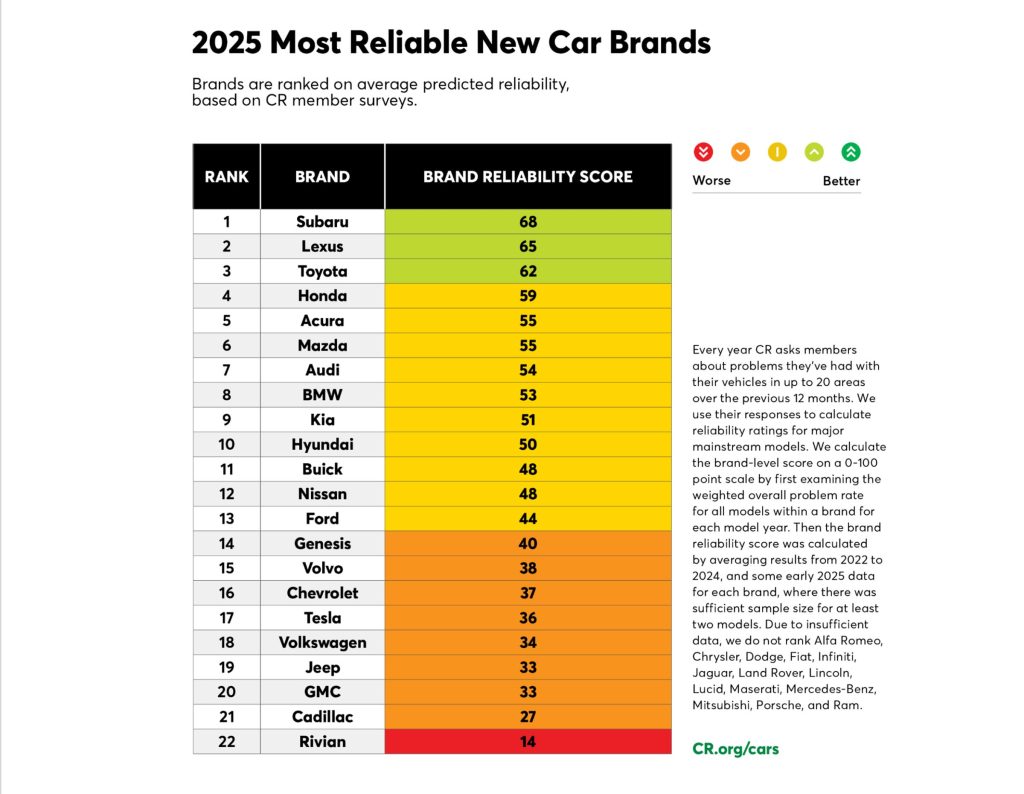 With hundreds of vehicles to choose from, it’s no surprise motorists find themselves in a quandary when it’s time to buy a new one. The search is all the more complicated by the fact that today’s vehicles are more expensive than ever. According to industry data, the typical buyers will shell out $48,000 by the time they drive off the vehicle lot.
With hundreds of vehicles to choose from, it’s no surprise motorists find themselves in a quandary when it’s time to buy a new one. The search is all the more complicated by the fact that today’s vehicles are more expensive than ever. According to industry data, the typical buyers will shell out $48,000 by the time they drive off the vehicle lot.
That’s why the annual Consumer Report Automotive Report Card comes in so handy. The non-profit organization put scores of new cars, trucks and crossovers through their paces this past year, analyzing how well they performed on the road, what features they offered – and what current owners say about their reliability. Now, it’s time for the 2025 Auto Report Card and it contains more than a few surprises.
“Buying a new car is a big expense and one that requires a lot of research to arrive at the best choice,” said Jake Fisher, senior director of Consumer Reports’ Auto Test Center. “Our new experience at CR.org makes that research easier by presenting exclusive unbiased data and insights on everything from reliability to cost of ownership in a streamlined way that’s simple to navigate.”
Subaru hits a home run
Perhaps the biggest surprise this year was just how well Subaru performed. The little Japanese automaker has a long and loyal following and is likely to sign up even more fans if it’s latest report card is any indication.
Subaru not only topped such traditional leaders as Toyota and Lexus when it comes to quality and durability – ranking number one on the 2025 Auto Reliability chart – but its also nudged past more lavish brands such as BMW to take the top spot in the overall brand rankings.
That doesn’t mean every new Subaru hits it out of the park. Owners reported that Solterra, the brand’s first battery-electric vehicle, had a number of problems, but other Subaru models, like the Crosstrek and Outback, were favorites, not only with owners but with Consumer Reports’ automotive testers.
The good and bad of electrified vehicles
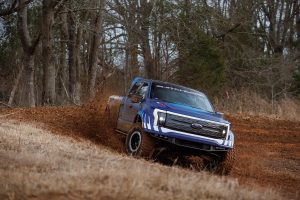
EVs, like this Ford Lightning, had about 42% more reported problems than ICE models – though Ford had trouble with all F-150s this past year.
CR’s latest study offers some intriguing insights into the flood of new hybrids, plug-ins and battery-electric vehicles coming to market.
On the plus side, the latest conventional hybrids are as reliable and fun to drive as comparable models equipped with internal combustion engines, said Fisher, noting that the technology “is a quarter-century old, now, and has grown mature.”
Unfortunately, the story isn’t quite as upbeat when it comes to plug-based models. “New platforms, new drivetrains, new technology, it’s no surprise we’re seeing more problems with all-electric and plug-in hybrid vehicles,” Fisher added.
On average, PHEVs have 70% more problems than ICE models, according to owner reports, while EVs have a reported 42% more problems. This helps explain why Tesla ranked 17th out of 22 brands on the reliability chart, while Rivian came in dead last.
That said, Fisher stressed that “The gap is closing. We’re seeing big improvements,” and some plug-based models are now starting to match ICE and hybrid alternatives in terms of reliability. In many cases, they also offer more features and tend to deliver better performance. And while more expensive, they can deliver significant savings in energy costs.
More Consumer News
- First Drive: 2024 Subaru Crosstrek Wilderness
- Electrified Vehicles Dominate CR’s Top 10 Car Picks
- Hyundai, Toyota, Mazda lead as IIHS Top Safety Picks
Troubled products drag down good brands
Some brands didn’t score as well as you might expect – and the blame goes to troubled products. The new Lyriq battery-electric vehicle was the primary reason, CR explained, why the Cadillac brand was second to last in terms of reliability. (It came in closer to mid-pack on the overall chart due to its features, performance and driving behavior.)
The new Toyota bZ4X, the near-twin of the Subaru Solterra, tarnished Toyota’s reputation for reliability, though the Japanese brand still managed to come in third.
Ford took a hit due to a variety of reliability issues, notably with the gas, hybrid and all-electric versions of its F-150 pickup.
Domestic brands, including those from Detroit, as well as EV start-ups Rivian and Tesla, fared relatively poorly 0n this year’s Reliability chart. They didn’t do much better in their overall scores. Perhaps the biggest surprise was finding Jeep wallowing at the bottom of the overall rankings, the result of poor reality and the worst road-test score of the year. But Tesla and Rivian were the real Achilles heels of the domestics, if you will, scoring poorly across the board.
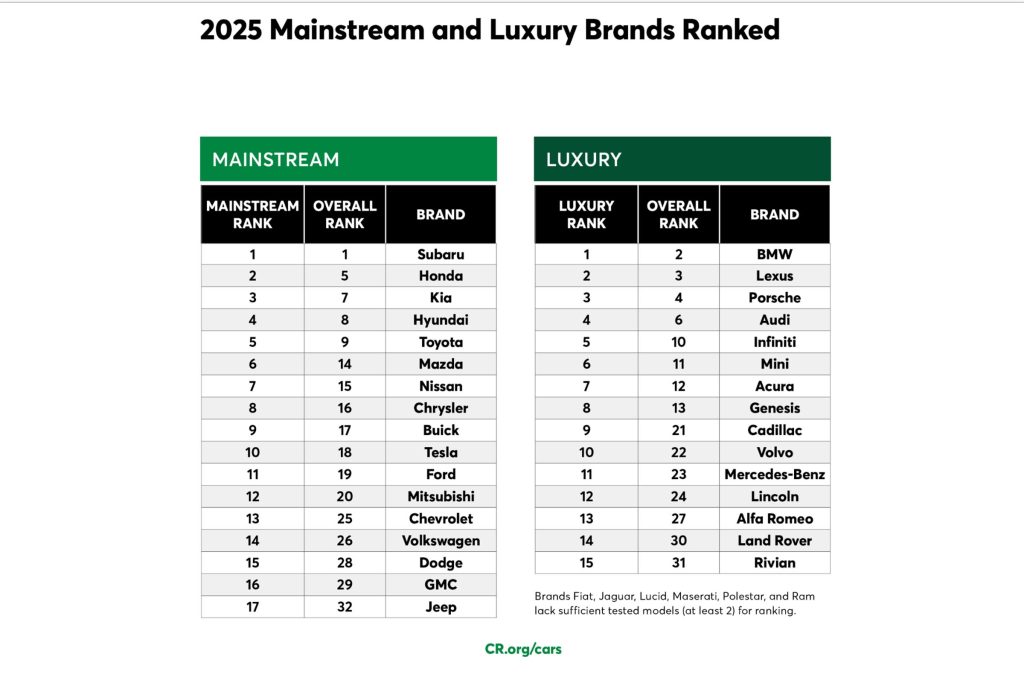 Asians lead, Europeans follow
Asians lead, Europeans follow
This year’s Report Card was kind to Asian manufacturers which accounted for six of the eight top-ranked marques in terms of reliability. That included six Japanese and two Korean brands. They fared well in the overall rankings, as well.
Europeans were more of a mixed bag. Audi was ranked seventh in terms of reliability, BMW following in eighth. BMW was just a point behind Subaru in the overall rankings, Audi close behind.
But some European brands struggled. Volkswagen was in the bottom third on both charts, experiencing plenty of owner-reported reliability issues and failing to impress CR testers when they looked at its overall mix of features and driving dynamics. Other weak European brands included Land Rover and Alfa-Romeo, while Mercedes-Benz barely made it into the middle third in terms of its overall rank.

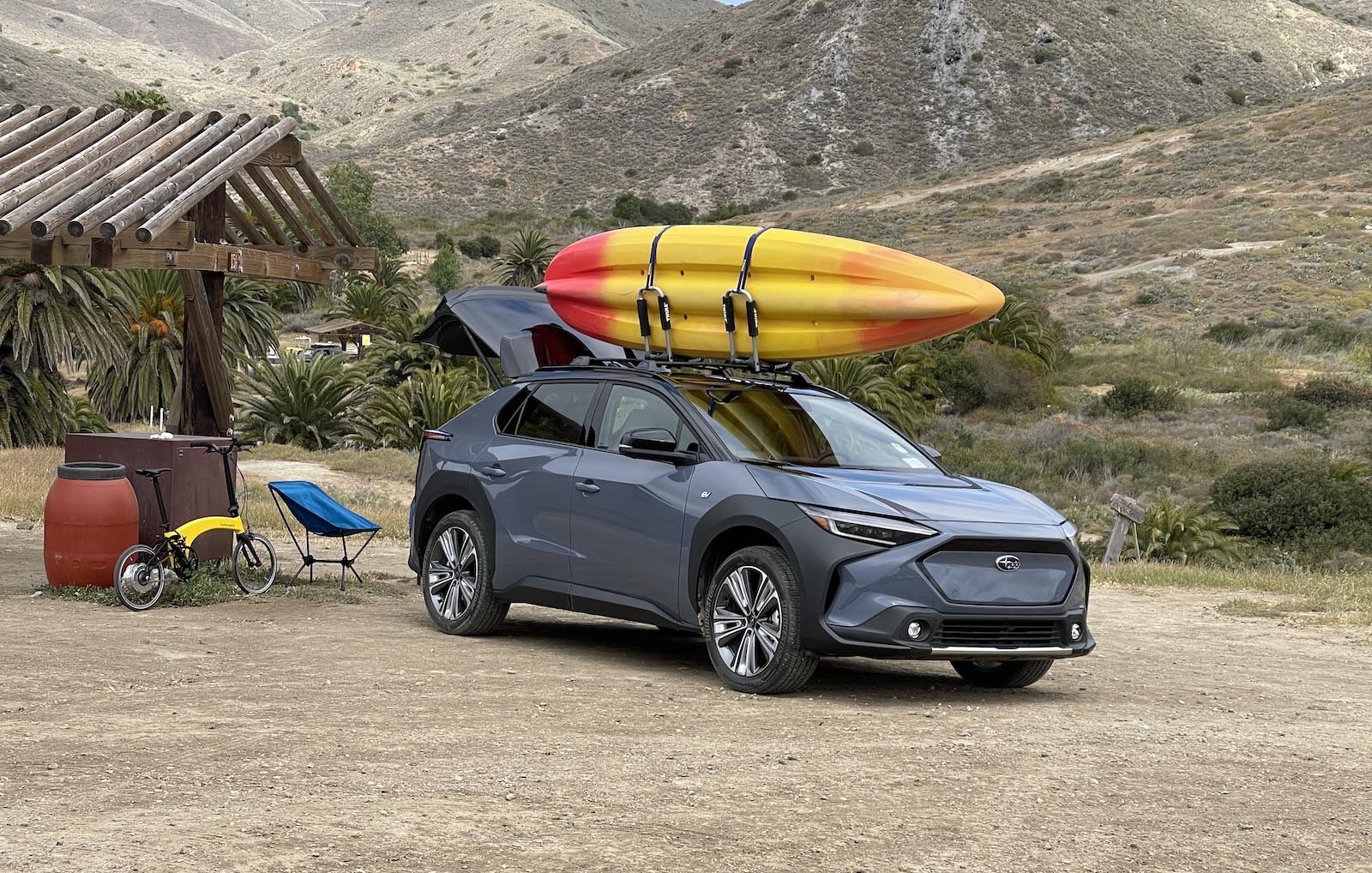
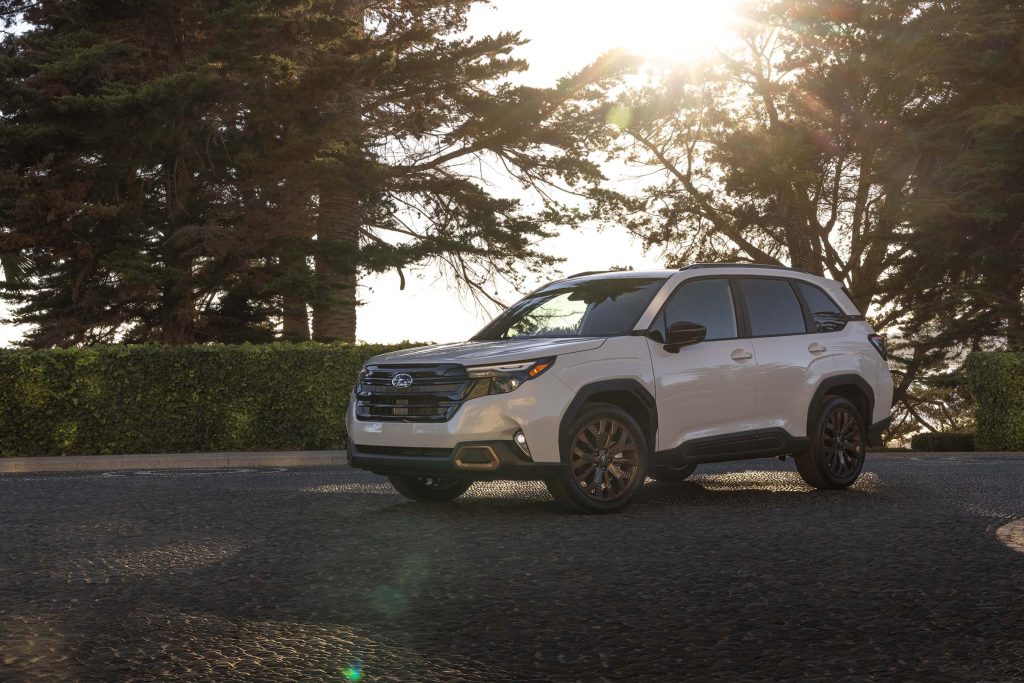
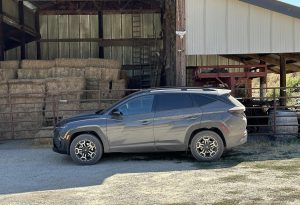
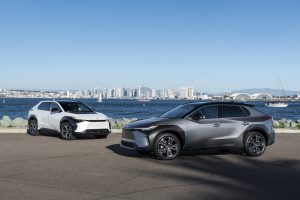
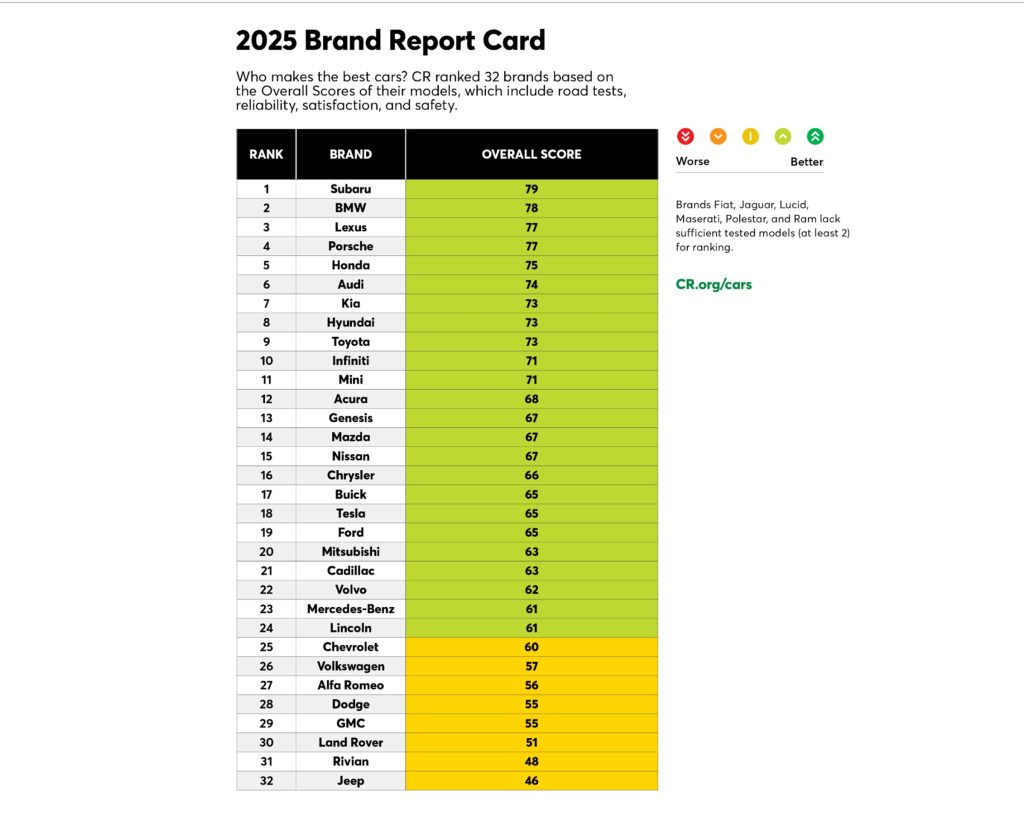

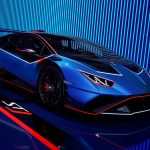
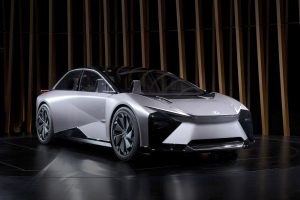
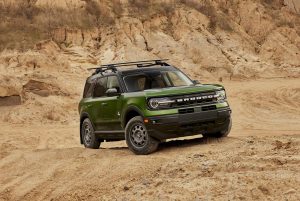

0 Comments